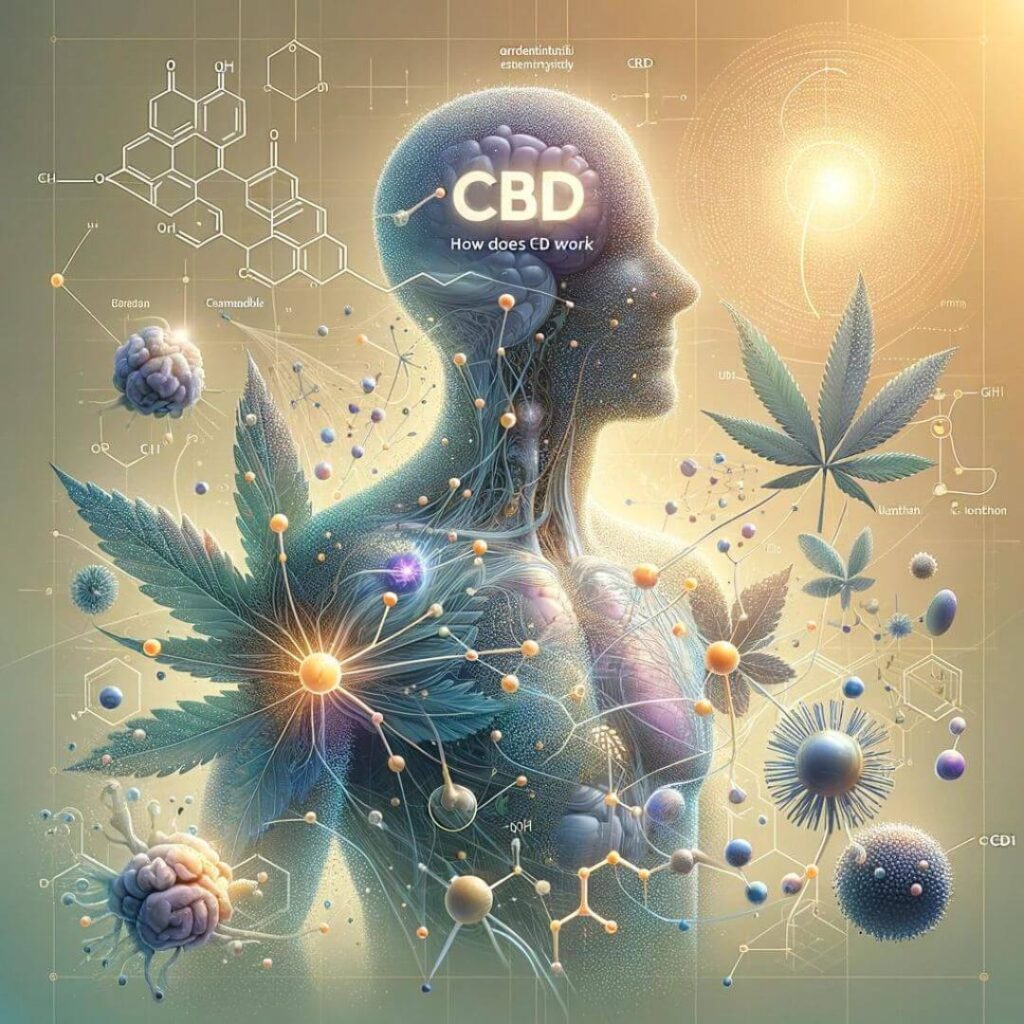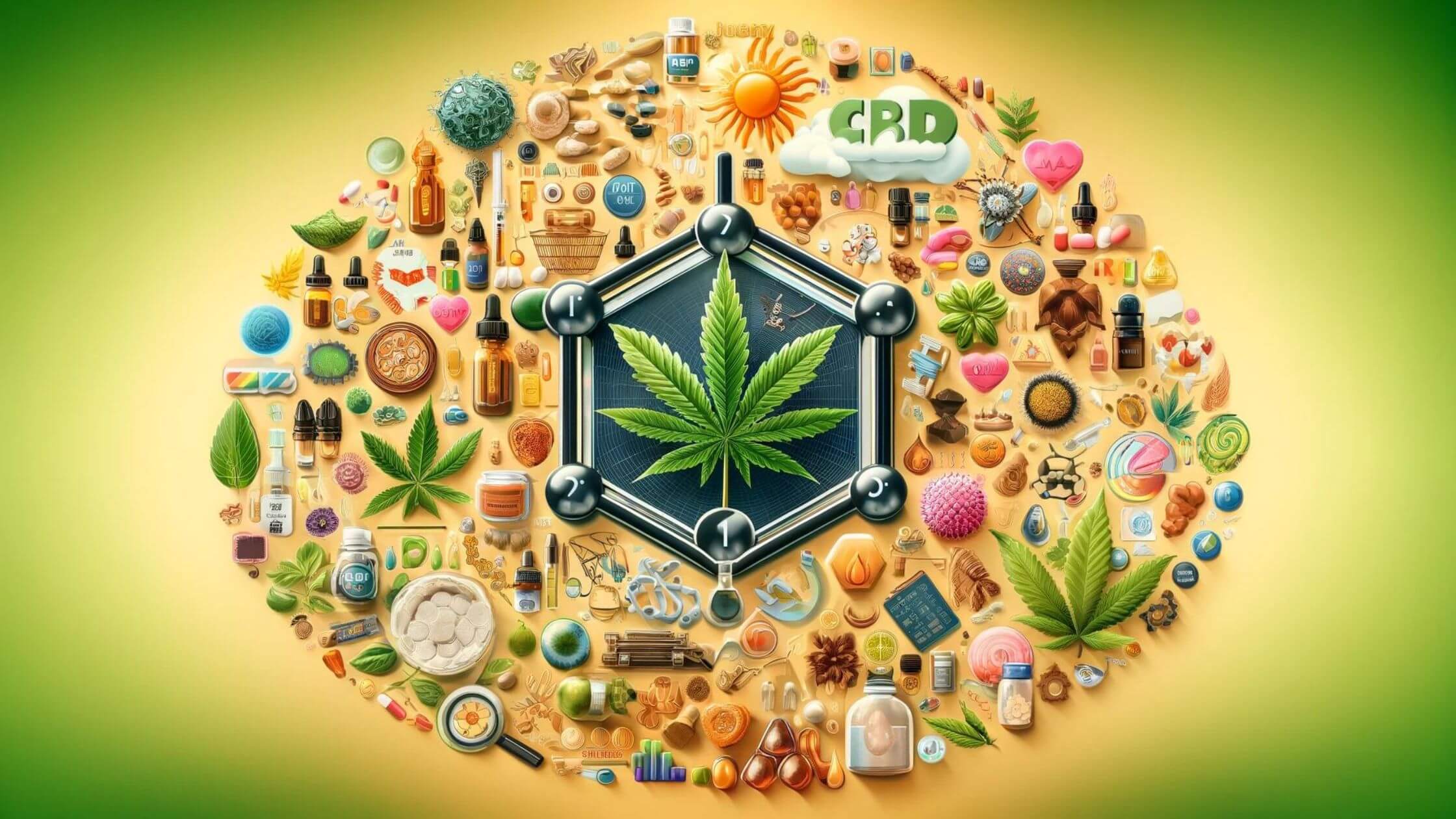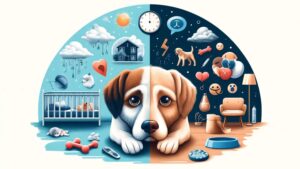CBD, otherwise known as Cannabidiol, is an active ingredient of cannabis.
Where cannabis is more commonly used recreationally, CBD has a different, less-hitting effect- meaning there is usually focused intent behind usage.
CBD is more commonly used for medical purposes, making it less intimidating and more appealing to a wider range of users. With its popularity recently skyrocketing, CBD is used among all age groups for anxiety, trouble sleeping, menopause, chronic pain, PTSD, stroke rehabilitation, addiction, and even epilepsy.
Think of it like the cousin of marijuana. It’s derived directly from the hemp plant (a separate organism from the marijuana plant) and therefore its usage doesn’t cause a ‘high’.
The main appeal is that CBD allows consumers to reap the benefits of the plant without the side effects of marijuana usage which can be intimidating and unappealing for some.
While the use of marijuana can over time give a user brain fog, mental health issues, or some form of dependency; CBD has been quoted by the World Health Organisation as exhibiting “no effects indicative of any abuse or dependence potential”.
Due to not containing any THC (which is a controlled substance), CBD is completely legal in the UK. – Check out Hemx CBD products
There have been many case studies where CBD users have expressed enthusiasm and gratitude for their use of CBD. This probably explains the gradual fading out of the stigma surrounding plant-based therapies.

How Does it Work?
All cannabinoids work by attaching to certain receptors.
The human body produces certain cannabinoids naturally, without the usage of hemp or marijuana products.
It also has two receptors for cannabinoids called the CB1 and CB2 receptors.
CB1 receptors are mainly in the brain. They deal with coordination, movement, emotions, memories, appetite, mood, etc.
CB2 receptors are predominantly located in the immune system, affecting inflammation and pain.
THC (found in marijuana) attaches to CB1 receptors- causing a ‘high’.
CBD does not attach to either of these receptors, making it have an entirely different effect. Instead, it directs the body to use more of its cannabinoids.




